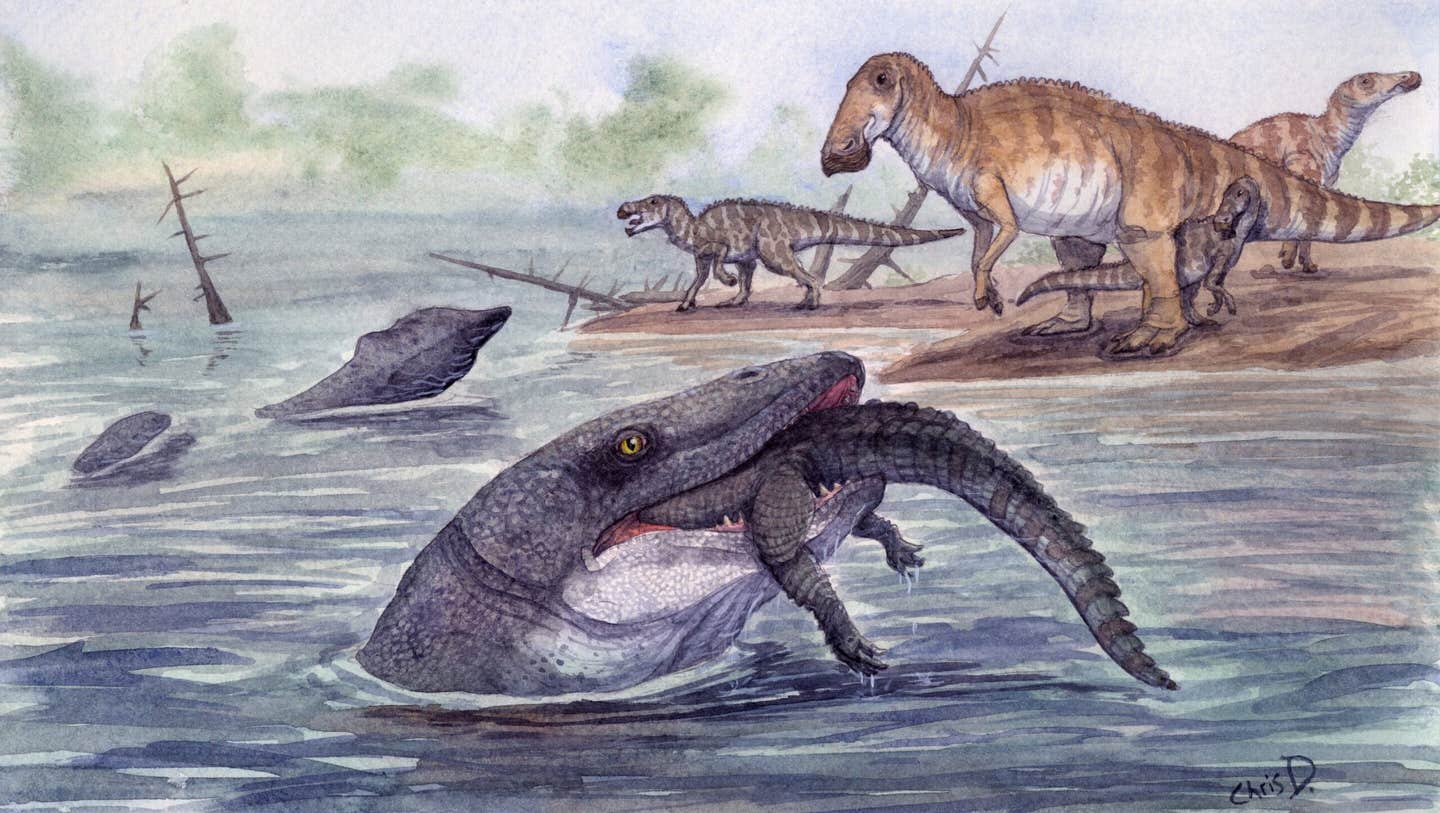Researchers discovered the part of the brain that controls memory and information recall
Study reveals the claustrum’s role in memory and recognition, opening potential treatment paths for cognitive disorders like Alzheimer’s.

Researchers at Aarhus University uncover the role of the claustrum complex in recognition memory. (CREDIT: Getty Images)
The claustrum complex, a small yet powerful region in the brain, has intrigued scientists for years. Found across mammalian species, reptiles, and birds, this conserved brain structure is believed to play a pivotal role in higher-order cognitive functions.
With extensive connections across both cortical and subcortical areas, the claustrum coordinates neural activity on a global scale. This interconnectivity links the claustrum to various cognitive functions such as sensory perception and attention, which in turn affect processes like working, associative, and recognition memory.
Abnormalities within the claustrum are also linked to cognitive disorders, including Alzheimer’s disease, schizophrenia, and attention-deficit/hyperactivity disorder (ADHD).
Researchers have long speculated on the microstructure and unique functions within this brain region, but the exact workings remained unclear. Now, a groundbreaking study from Aarhus University has shed new light on one of its subregions: the endopiriform nucleus (EN). This discovery offers a deeper look into how specific neurons within the EN contribute to recognition memory, offering insights that may eventually help in treating cognitive disorders.
The claustrum complex is divided into two parts based on its cellular structure and genetic expression: the dorsal region, known simply as the "claustrum," and the ventral region, or the "endopiriform nucleus." The dorsal claustrum connects broadly with sensory, motor, and association areas in the cortex, producing different physiological effects depending on its target areas.
In contrast, the EN forms connections with the piriform cortex, which processes olfactory information, and the limbic system, which is critical for memory and emotional processing. This division suggests that each part of the claustrum has a distinct role in organizing and transmitting information.
One of the primary functions of the endopiriform nucleus is its connection to the ventral CA1 (vCA1) region of the hippocampus, a brain area known to regulate behaviors associated with exploration and recognition memory. Based on this connection, researchers hypothesized that the EN is a key node for establishing recognition memory. To explore this, they used advanced genetic tools and mouse models, focusing on a specific group of EN neurons that project directly to the vCA1, dubbed "EN vCA1-proj. neurons."
Related Stories
Through experimentation, they discovered that EN vCA1-proj. neurons connect with multiple parts of the limbic system, though not with the amygdala or prefrontal cortex. These neurons provide a potent inhibitory signal to vCA1 pyramidal neurons, effectively controlling their activity.
Interestingly, during recognition memory tests, EN vCA1-proj. neurons became active around new objects or other mice, guiding the subjects to spend more time exploring novel stimuli. When the researchers suppressed EN vCA1-proj. activity, the mice's ability to explore and distinguish new stimuli was diminished, indicating the EN’s role in recognition memory and its contribution to memory-guided exploration.
The significance of this finding is underscored by the practical implications it may hold. Daily, you encounter new people, situations, and objects, each requiring your brain to recognize and differentiate between familiar and unfamiliar stimuli.
This cognitive function—critical for survival and social interactions—has now been linked to the claustrum complex and, more specifically, to the endopiriform nucleus. While previous research hinted at the claustrum's role in awareness and attention, this study demonstrates how the EN’s connections to the hippocampus help guide attention based on memory.
Asami Tanimura, an associate professor and lead researcher on the study, explains, “Our study focuses on an area of the claustrum called the ‘endopiriform,’ which is a relatively unknown brain structure despite its unique network and cellular properties.” She adds, “For the first time, we have dissected the circuit of the endopiriform to the hippocampus and demonstrated how this pathway is crucial for recognition memory.”
Tanimura and her team’s use of mouse models allowed them to observe the effects of turning on and off activity in this specific neuron group. Their findings reveal how the EN neurons' activity increases when mice interact with unfamiliar conspecifics or objects.
Tanimura notes, “We observed that the cells in the endopiriform were active when the mice interacted with new conspecifics or objects, and when we inhibited this cell group, it reduced the mice’s ability to distinguish novel mice or objects from familiar ones.” This observation led the team to conclude that the endopiriform nucleus plays a vital role in sending memory-guided attention signals to the hippocampus.
The research goes beyond previous assumptions about the claustrum by identifying the exact circuit within the EN that contributes to recognition memory. This discovery opens new avenues for studying how the brain organizes complex cognitive functions and could eventually lead to targeted therapies.
Tanimura is optimistic about future applications: “To develop effective treatment methods, a very detailed understanding of the cells’ circuits is required. With our study, we have at least opened a door that was previously closed in terms of understanding the specific role of the endopiriform-hippocampal circuit in higher cognitive function.”
The endopiriform nucleus’s role in recognition memory could offer a foundation for treating cognitive disorders that impair a person’s ability to distinguish familiar from unfamiliar stimuli. Disorders such as Alzheimer’s disease and schizophrenia, which involve disruptions in memory and recognition processes, might one day benefit from treatments aimed at modulating the claustrum complex or its specific neural circuits.
The study also contributes to the broader understanding of how the brain manages attention and sensory information. By identifying this specific circuit, researchers are a step closer to decoding the intricate processes that underlie consciousness and memory.
Although much remains to be uncovered about the claustrum complex, Tanimura and her team’s work has provided a crucial piece of the puzzle, demonstrating the claustrum’s specialized role in recognition and memory-based attention.
While direct applications for humans may still be years away, these findings lay the groundwork for future research and potential therapies. As scientists continue to explore the claustrum’s microstructure and its connections, they gain more tools to address disorders where memory and recognition are compromised.
This study is a promising step toward understanding and potentially enhancing the brain’s remarkable ability to manage attention based on memory and recognition.
Note: Materials provided above by The Brighter Side of News. Content may be edited for style and length.
Like these kind of feel good stories? Get The Brighter Side of News' newsletter.



